7 Online Fashion Design Courses with Portfolio Development: Boost Your Career in 2024

Fashion design is a creative field that blends art, style, and practicality.
Taking online courses can help you learn the skills needed to succeed in this industry.
These courses often include portfolio development, which is key for showcasing your work.
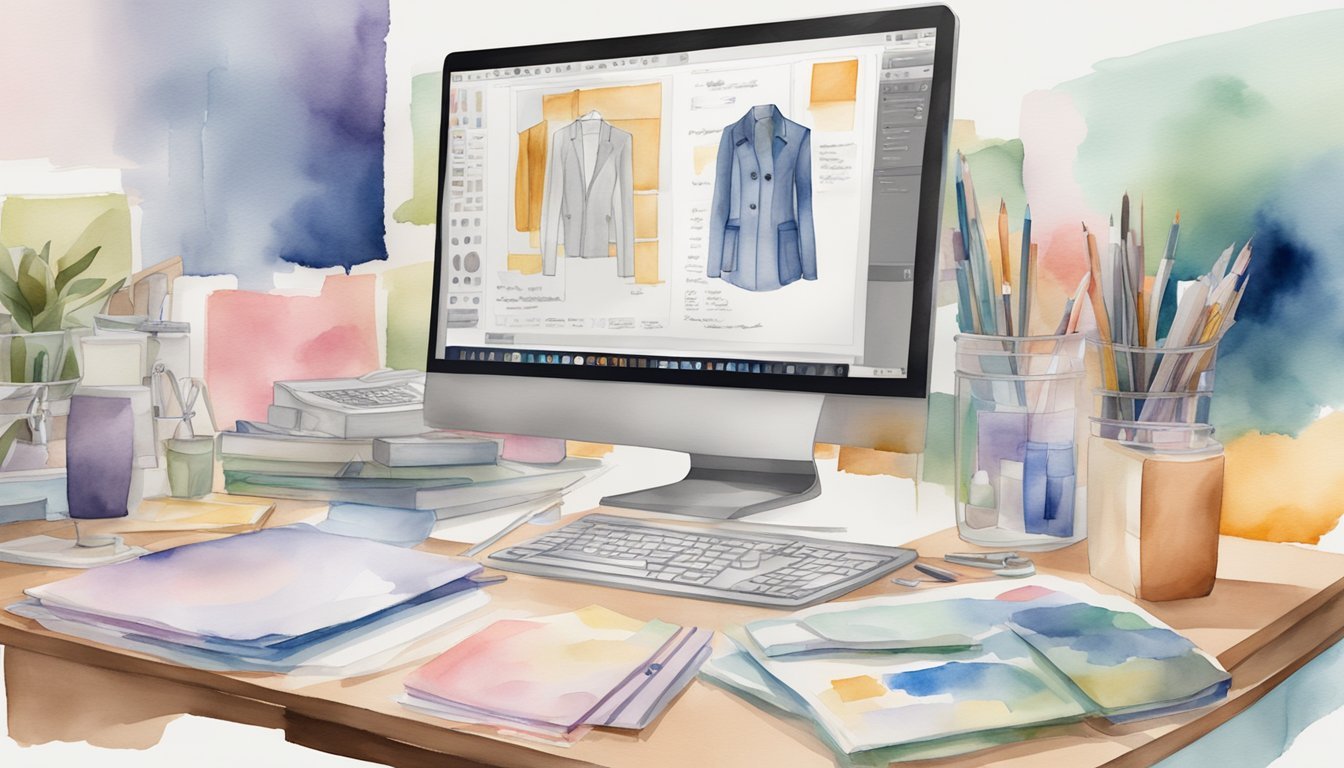
You can find many online fashion design courses that teach portfolio development. These programs let you learn at your own pace from home.
They cover topics like sketching, using design software, and creating a cohesive collection of your best work.
By the end of a course, you’ll have a portfolio to show potential employers or schools.
1) Fashion Sketching and Drawing
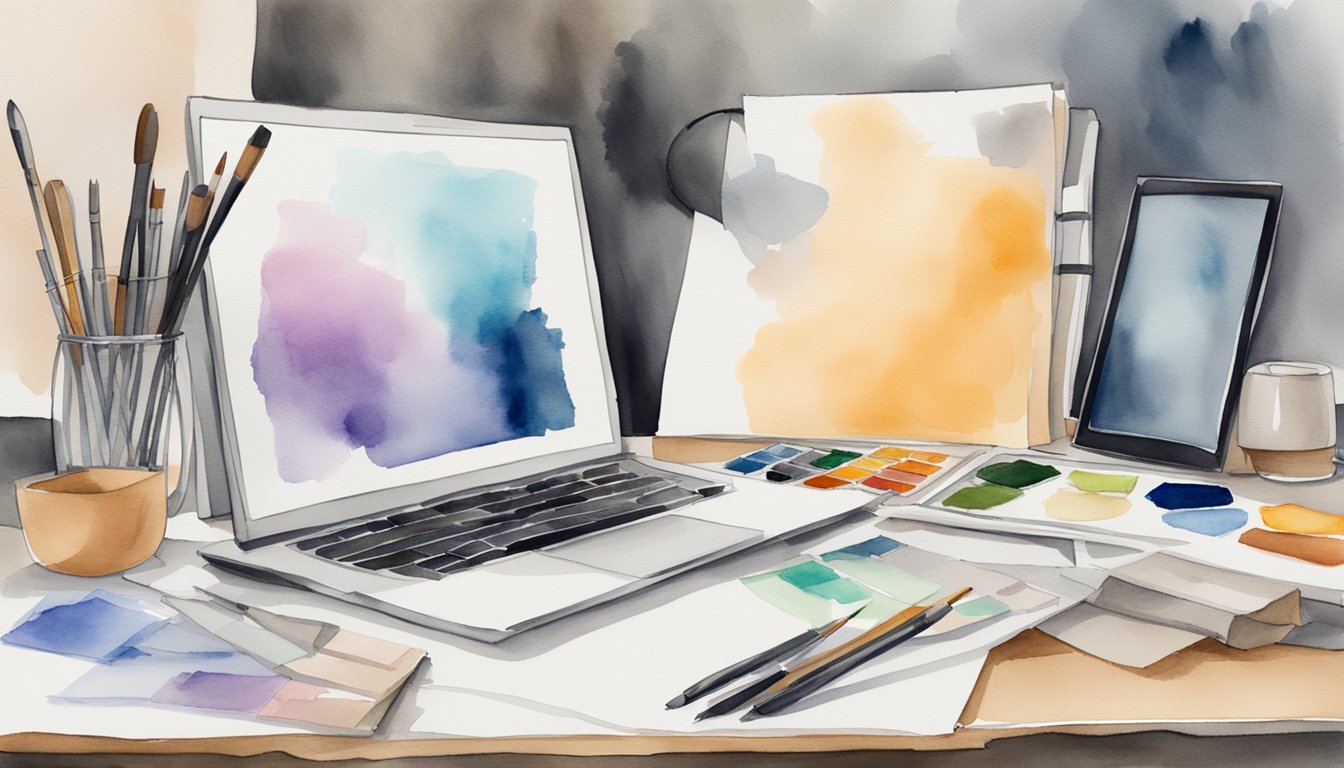
Fashion sketching and drawing are key skills for aspiring designers.
These courses teach you how to bring your ideas to life on paper.
You’ll learn to create fashion figures and add clothing designs to them.
Many online classes focus on both traditional and digital methods.
You’ll start with basic pencil sketches and move on to using digital tools.
Programs like Procreate are popular for fashion illustration.
Fashion sketch illustration courses often cover color theory and texture rendering.
You’ll practice adding depth and dimension to your drawings.
This helps make your designs look more realistic and appealing.
Some courses teach you about different body types and poses.
You’ll learn to draw figures in various stances to showcase your designs better.
This skill is crucial for creating dynamic portfolio pieces.
Technical drawing is another important aspect.
You’ll learn to create flat sketches that show garment details clearly.
These are essential for communicating your ideas to pattern makers and manufacturers.
As you progress, you’ll develop your own style.
Many fashion illustration classes encourage you to find a unique artistic voice.
This helps your work stand out in a competitive industry.
Remember, practice is key in fashion sketching.
The more you draw, the better you’ll become.
Many courses provide assignments and feedback to help you improve your skills over time.
2) Introduction to Textiles
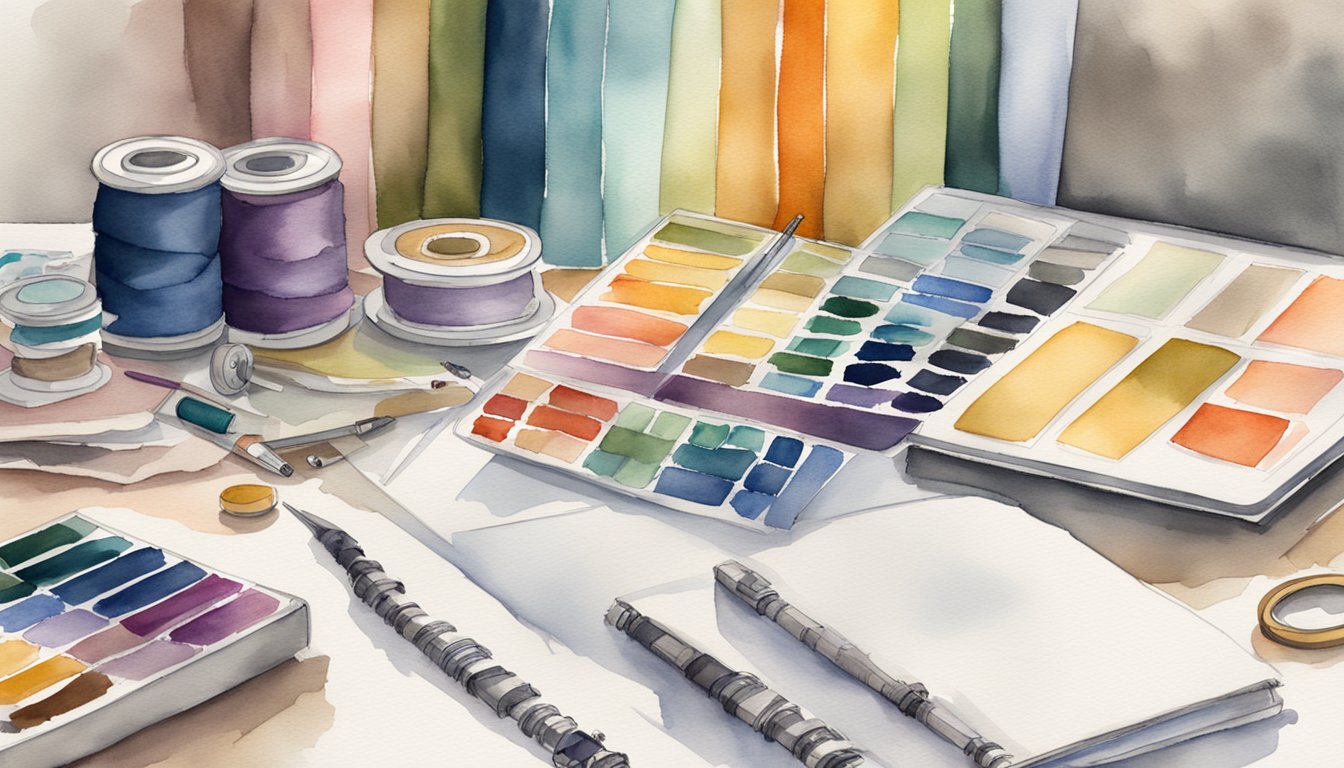
Textiles form the foundation of fashion design.
This course teaches you about different fibers, fabrics, and their properties.
You’ll learn to identify various textile materials and understand their characteristics.
The course covers natural and synthetic fibers.
You’ll explore how these fibers are turned into yarns and fabrics.
You’ll also study different weaving and knitting techniques used to create textiles.
Fabric finishes and treatments are another key topic.
You’ll discover how these processes affect the look, feel, and performance of textiles.
This knowledge helps you choose the right fabrics for your designs.
You’ll learn about fabric dyeing and printing methods.
Understanding these techniques allows you to create unique textile designs and patterns.
The course also covers textile testing and quality control.
You’ll gain skills in assessing fabric durability, colorfastness, and other important properties.
By the end of this course, you’ll have a solid grasp of textile fundamentals.
This knowledge will inform your fashion design choices and help you create better garments.
3) Digital Fashion Illustration

Digital fashion illustration is a key skill for modern fashion designers.
It allows you to bring your ideas to life on the screen.
Many online courses now offer training in this area.
Digital fashion illustration courses teach you how to create professional clothing illustrations.
You’ll learn to use digital tools to draw fashion art and technical designs.
These programs often cover popular software like Adobe Photoshop and Illustrator.
You’ll discover techniques for rendering fashion figures and draping fabrics digitally.
Some courses focus on specific apps like Procreate for iPad.
This lets you draw and design anywhere, anytime.
It’s a flexible way to develop your skills on the go.
Many digital illustration courses include portfolio development.
This helps you showcase your best work to potential employers or clients.
Look for programs that offer plenty of practice.
The best courses provide templates and guided projects to help you build your skills.
Online digital fashion illustration classes often last a few weeks to a couple of months.
Some give you access to materials for up to a year.
This lets you review lessons and refresh your knowledge as needed.
By mastering digital illustration, you’ll be better equipped to communicate your fashion ideas visually.
It’s an essential skill in today’s digital-focused design world.
4) Garment Construction Techniques
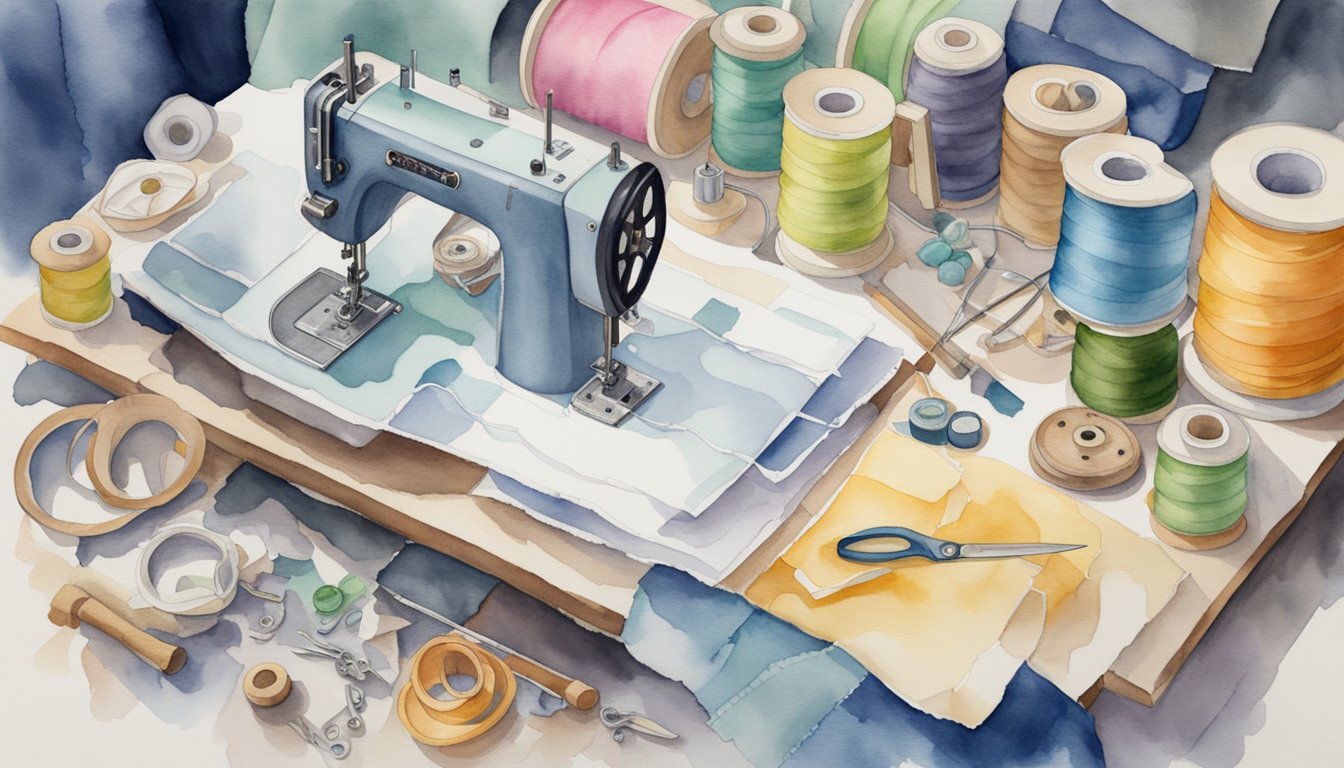
Garment construction is a key skill for fashion designers.
You’ll learn how to turn your designs into real clothing pieces.
Many online courses teach these important techniques.
In these classes, you’ll start with the basics.
This includes choosing the right fabrics and tools.
You’ll also learn how to read and use patterns.
Sewing skills are a big part of garment construction.
You’ll practice different stitches and seams.
These help you join fabric pieces together neatly and strongly.
Online courses often cover pattern making and cutting.
You’ll learn to create and adjust patterns for different sizes and styles.
This skill lets you bring your unique designs to life.
Some classes teach you about garment details.
These include adding zippers, buttons, and pockets.
You’ll also learn how to make darts and pleats for a better fit.
Many courses use video lessons to show techniques clearly.
You can watch expert instructors demonstrate each step.
This helps you understand and copy the methods at home.
As you progress, you’ll work on full garment projects.
This gives you hands-on practice with all the steps.
You might make shirts, skirts, or even jackets.
By the end of your course, you’ll have the skills to construct basic garments.
This knowledge will help you create better designs and build your fashion portfolio.
5) Sustainable Fashion Design

Sustainable fashion design is a growing field that focuses on creating clothing and accessories with minimal environmental impact.
You can learn about this important area through online courses that teach eco-friendly design principles.
Sustainable Fashion Design courses cover topics like using sustainable materials, reducing waste, and ethical production methods.
These programs help you develop skills to create fashion that’s both stylish and environmentally responsible.
In these courses, you’ll explore innovative techniques for designing with recycled fabrics and eco-friendly dyes.
You’ll also learn about circular fashion concepts, which aim to keep materials in use for longer periods.
Many sustainable fashion courses include projects where you can build a portfolio showcasing your eco-conscious designs.
This hands-on experience is valuable for your future career in the industry.
Some programs, like the Master in Sustainable Fashion Design, offer in-depth study of sustainability in fashion.
These courses can help you gain a deeper understanding of the challenges and opportunities in this field.
By taking a sustainable fashion design course, you’ll be prepared to contribute to positive change in the fashion industry.
You’ll learn how to create beautiful designs while considering their environmental and social impact.
6) Pattern Making and Draping
Pattern making and draping are key skills in fashion design.
These techniques help you turn your ideas into real garments.
Online courses can teach you the basics of pattern making.
You’ll learn how to create patterns for different types of clothing.
In these classes, you’ll study dart manipulation and fullness.
These methods let you shape fabric to fit the body.
Draping is another important skill.
It involves placing fabric directly on a dress form to create designs.
You’ll practice making slopers, which are basic pattern templates.
These form the starting point for many designs.
Some programs let you focus on specific areas.
You might choose to study active wear, evening wear, or menswear.
Learning these skills online can be hands-on.
You’ll often work on projects and get feedback from teachers.
Many courses also cover sewing techniques.
This helps you understand how patterns translate into finished garments.
By the end of a course, you should be able to create basic pattern blocks.
You’ll know how to make things like overgarments and pants.
These skills will help you bring your fashion ideas to life.
They’re crucial for creating a strong design portfolio.
7) Fashion Portfolio Development

Creating a strong fashion portfolio is key to showcasing your skills and landing opportunities in the industry.
Online courses can help you develop a professional portfolio that stands out.
These courses teach you how to select and present your best work.
You’ll learn to organize your designs, sketches, and inspiration in a visually appealing way.
Many programs offer guidance on digital portfolio creation.
This is useful for sharing your work online or via email with potential employers or clients.
Fashion portfolio courses often cover techniques for photographing your garments and flat sketches.
You’ll also learn how to write compelling project descriptions.
Some courses focus on tailoring your portfolio for different purposes.
You might create separate portfolios for job applications, fashion school admissions, or client pitches.
You’ll get tips on choosing the right format and layout for your work.
This helps ensure your portfolio looks polished and professional.
Advanced portfolio classes may have you develop a small collection to include.
This gives you fresh content to showcase your current skills and style.
Many courses provide feedback on your portfolio from industry professionals.
This can help you refine your presentation and make a stronger impression.
By the end of a portfolio development course, you’ll have a curated selection of your best work.
This will help you feel confident when presenting yourself to the fashion world.
Importance of Portfolio Development
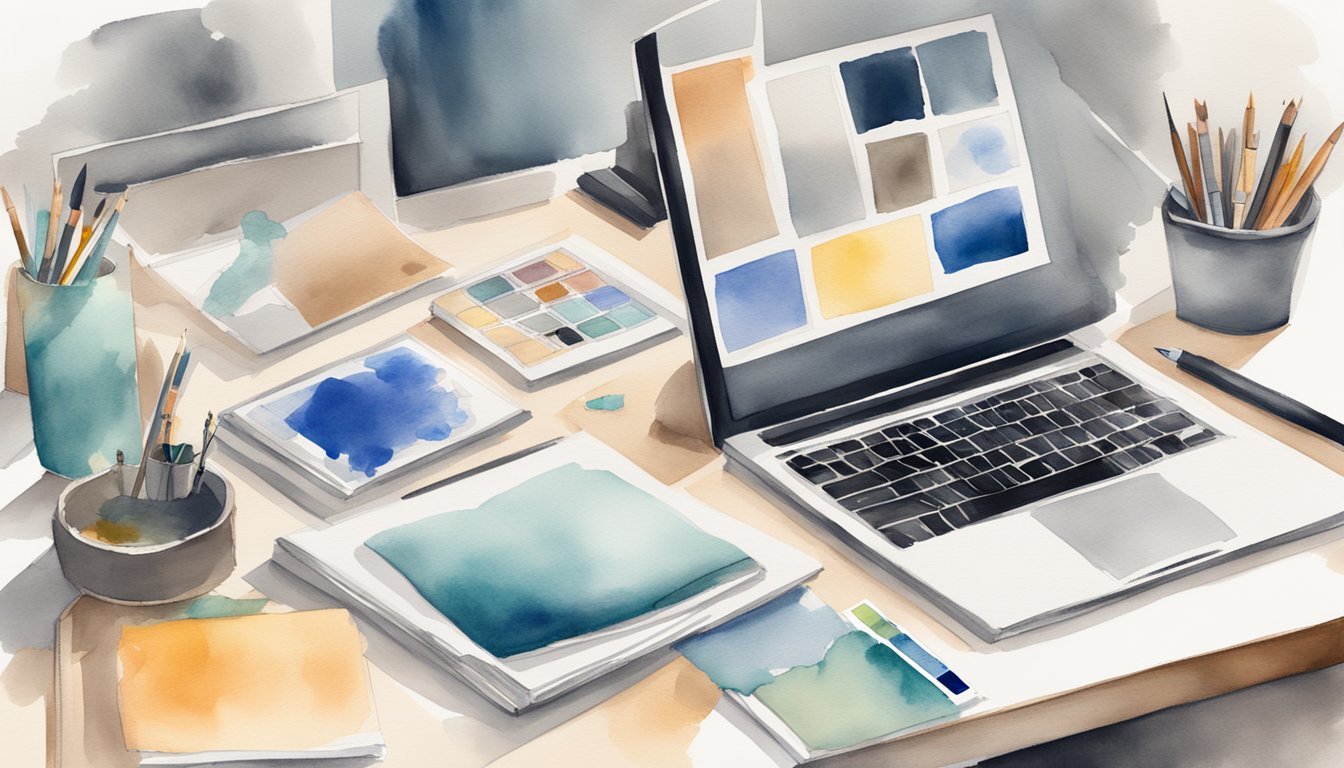
A strong portfolio is crucial for success in the fashion design industry.
It showcases your skills, creativity, and unique style to potential employers and clients.
Building a Professional Portfolio
Your portfolio is your ticket to fashion design opportunities.
It’s a visual representation of your best work and capabilities.
Include a variety of projects that highlight your range of skills.
Show sketches, illustrations, and finished garments.
Add technical drawings and fabric swatches to demonstrate your attention to detail.
Include photos of your designs on models or mannequins.
This helps viewers visualize how your creations look when worn.
Make sure your portfolio is well-organized and easy to navigate.
Use high-quality images and consistent formatting throughout.
Update your portfolio regularly with your latest and best work.
This shows your growth and keeps your portfolio fresh.
Showcasing Your Unique Style
Your portfolio should reflect your personal aesthetic and design philosophy.
It’s your chance to stand out from other designers.
Choose projects that best represent your style and strengths.
Include pieces that show your ability to work with different materials and techniques.
Don’t be afraid to include experimental or avant-garde designs.
These can demonstrate your creativity and willingness to take risks.
Consider adding a brief artist statement to explain your design approach and inspirations.
This gives context to your work and helps viewers understand your creative process.
Remember, your portfolio is often your first impression on potential employers or clients.
Make it count by showcasing your best and most original work.
Criteria for Selecting Online Fashion Design Courses

Choosing the right online fashion design course is crucial for your success in the industry.
Key factors to consider include the course content, structure, and the expertise of the instructors.
Course Content and Structure
When selecting an online fashion design course, look closely at what’s covered.
The curriculum should include essential topics like design principles, fabric selection, and pattern making.
Check if the course offers hands-on projects to build your portfolio.
Consider the course length and time commitment.
Some programs may be self-paced, while others have set deadlines.
Choose a structure that fits your schedule and learning style.
Look for courses that provide access to design software and tools.
This can save you money and ensure you’re using industry-standard equipment.
Instructor Expertise
The quality of your instructors can greatly impact your learning experience.
Research the backgrounds of the course teachers.
Look for professionals with real-world experience in fashion design.
Check if the instructors have worked with well-known brands or designers.
This can give you insights into current industry practices.
See if the course offers opportunities to interact with instructors. Live Q&A sessions or feedback on your work can be invaluable for your growth.
Look for courses taught by instructors from reputable fashion schools or institutions.
Their connections might help you network in the industry.
Frequently Asked Questions

Online fashion design courses offer portfolio development opportunities and skills training.
Many programs cater to different experience levels and career goals.
What is the best online course for becoming a fashion designer?
The Fashion Design course from Parsons School of Design on Coursera is highly regarded.
It covers design fundamentals, digital tools, and industry trends.
This program helps you build a strong foundation in fashion design principles.
You’ll learn to create original designs and understand market demands.
How can I improve my fashion design portfolio through online courses?
Focus on courses that teach digital illustration and technical drawing.
Many programs offer projects to add to your portfolio.
Practice creating mood boards, sketches, and technical flats.
Learn to present your work professionally through layout and presentation techniques.
Are there free online fashion courses that offer a certificate upon completion?
Some platforms offer free fashion courses with optional paid certificates.
Coursera provides free audits of many fashion design courses.
You can access course materials at no cost.
Certificates are available for a fee if you complete assignments and pass exams.
Which online fashion design courses are recommended for high school students?
Look for introductory courses covering fashion sketching and basic textile knowledge.
These build foundational skills for aspiring designers.
The Cut Fashion Academy offers virtual certificate programs suitable for beginners.
Their courses cover essential design concepts and techniques.
Can you recommend any online fashion courses available in California?
California-based schools like FIDM offer online fashion courses.
Check local community colleges for distance learning options in fashion design.
You can also access global programs through platforms like Coursera.
These allow you to study from anywhere, including California.
What aspects of portfolio development are crucial for aspiring fashion designers?
Your portfolio should showcase diverse skills.
Include fashion illustrations, technical drawings, and photos of completed garments.
Demonstrate your understanding of trends and target markets.
Show your ability to develop cohesive collections and communicate design concepts visually.

